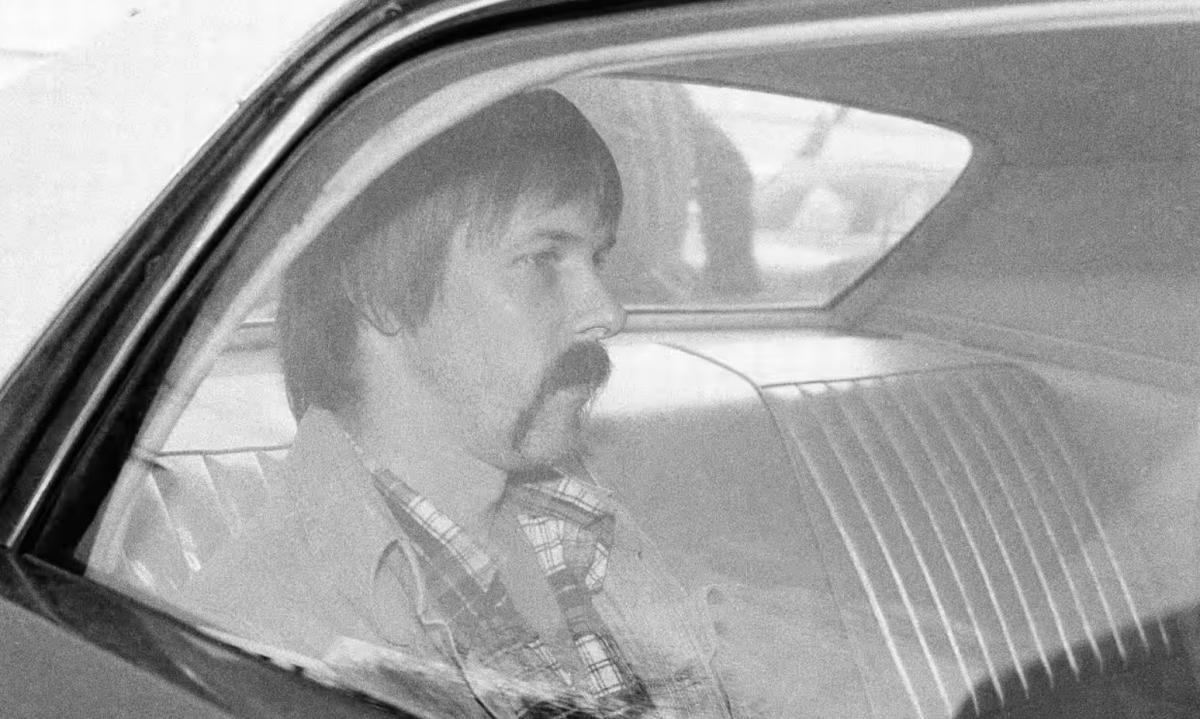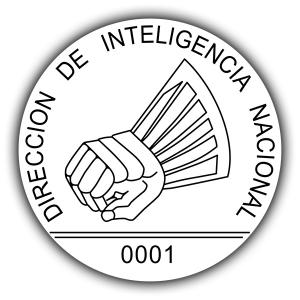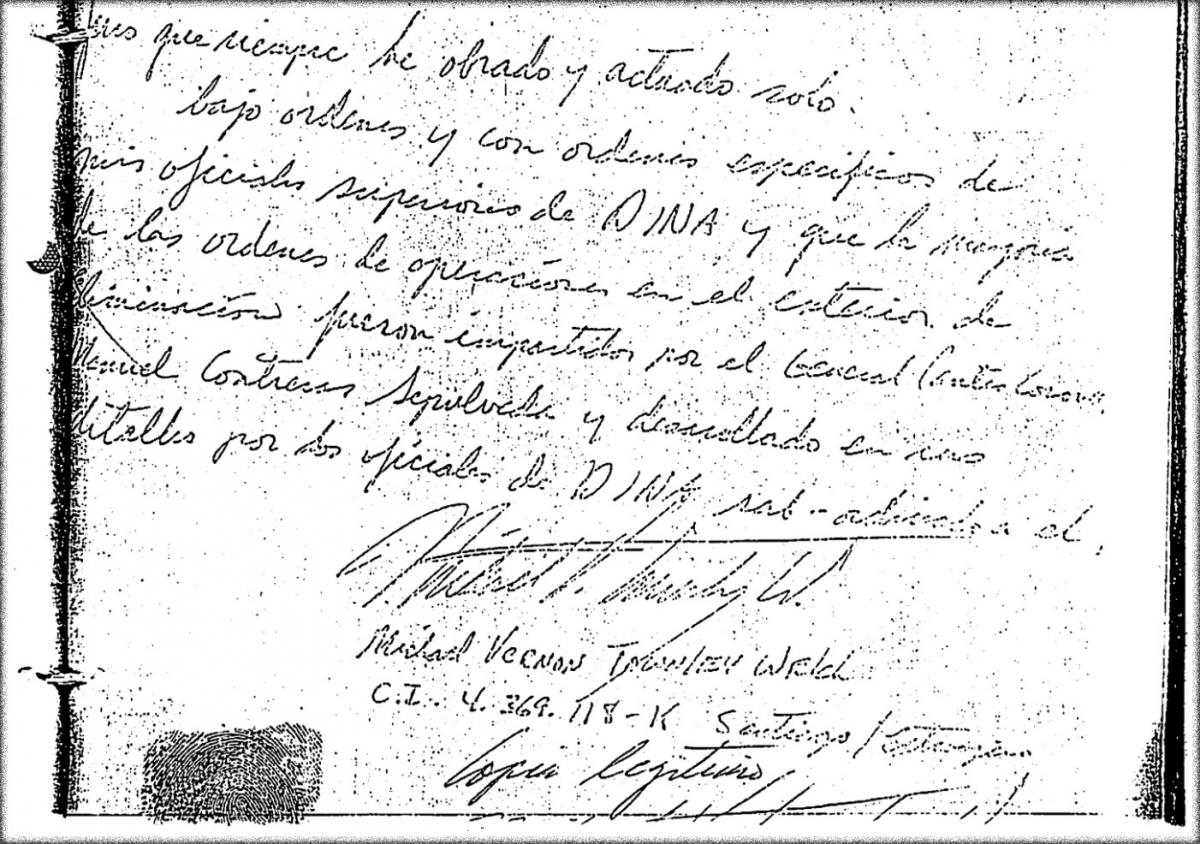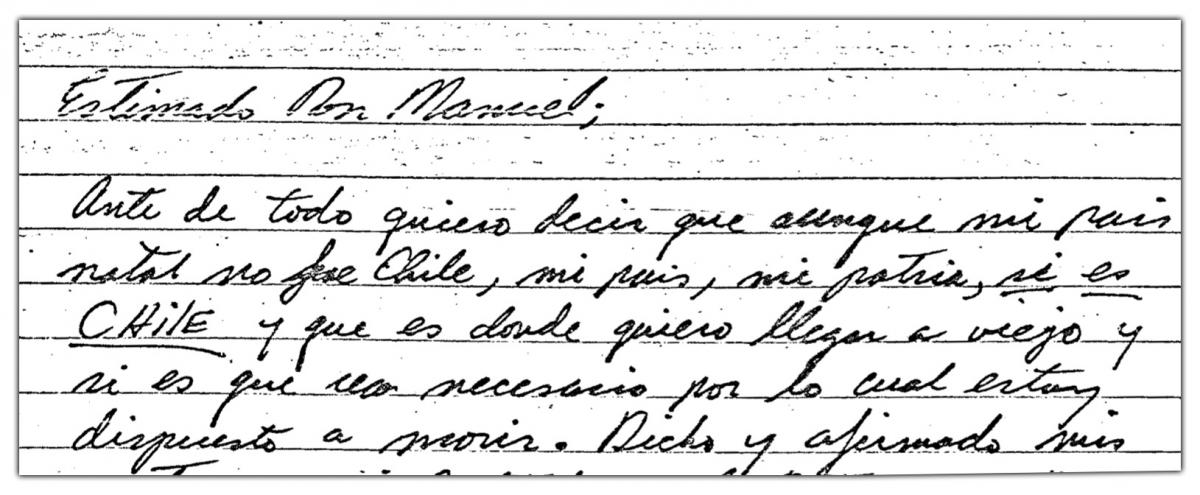The Pinochet Dictatorship Declassified: Confessions of a DINA Hit Man
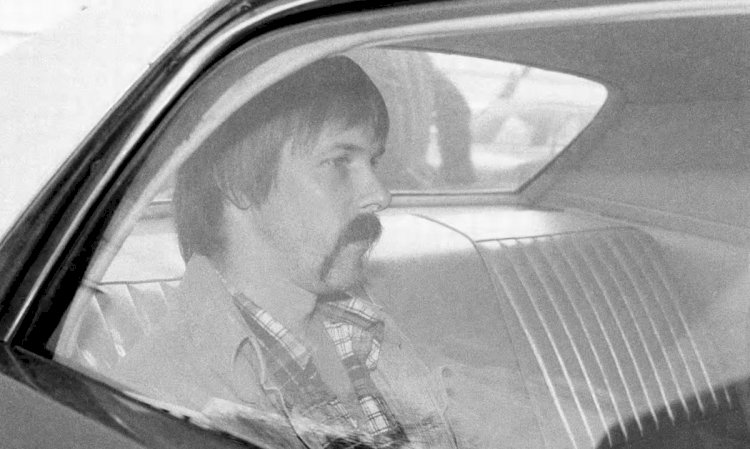
The Pinochet Dictatorship Declassified:
Confessions of a DINA Hit Man
Secret Admissions Detail Military Regime Atrocities
Townley Papers Describe DINA’s Role in State-Sponsored Terrorism
Revelations on Supplying Nerve Gas to Murder Chileans, Operation Condor Mission in France, and Letelier-Moffitt Assassination in Washington
Archive Publishes Documents on 50th Anniversary of DINA’s Creation During Pinochet Dictatorship
Washington D.C., November 22, 2023 - “[I]f there has been sufficient reason to open this envelope, I accuse the government of Chile of my death,” wrote DINA agent Michael Townley in March 1978, as FBI agents pursued him for the September 1976 car bomb assassination of Orlando Letelier and Ronni Karpen Moffitt in Washington, D.C. If Townley himself were found murdered, he wrote, his superior, General Manuel Contreras, the commander of Chile’s Dirección de Inteligencia Nacional (DINA), should be considered the “intellectual author.” Townley also identified a team of DINA assassins—his own colleagues—as the people likely to have committed the hypothetical crime of his own killing.
Titled “Confession and Accusation,” the document is one of several detailed reports from Townley on DINA’s criminality published as a collection for the first time today by the National Security Archive—45 years after they were written. Townley drafted these dramatic admissions as a calculated and desperate effort to deter his DINA superiors from attempting to permanently silence him rather than turn him over to U.S. authorities.
In another document, “History of Activities in DINA,” Townley recorded his four-year career as an American-born DINA assassin—how he was recruited by top DINA officers in 1974, given a mansion in the upper-class Lo Curro neighborhood of Santiago, instructed to build a chemical warfare laboratory in his basement, and appointed to lead “la Agrupación Avispa” (the Wasp Group)—a special DINA unit under the command of the Mulchén Brigade “dedicated to elimination” of Pinochet regime opponents. His confessional history cites the murders of two Chileans using sarin nerve gas that he manufactured in his home. As an annex to this document, a third handwritten report, “Account of Events in the Death of Orlando Letelier on September 21, 1976,” detailed his covert mission to assassinate the former Chilean diplomat in Washington, D.C., with support from the “Red Condor”—the Operation Condor network of Southern Cone security services.
“The explicit orders,” according to Townley, “were: Find Letelier’s home and workplace and contact the Cuban group [of violent exiles working with DINA] to eliminate him, or use SARIN gas, or orchestrate an accident, or in the end by whatever method—but the government of Chile wanted Letelier dead.”
DINA's insignia
HISTORIOGRAPHY OF THE CONFESSIONS
As insurance against being killed by his own superiors, Townley gave these written reports to his wife, Mariana Callejas, for safekeeping. They remained in her possession after the Pinochet regime turned Townley over to the FBI on April 8, 1978. Contreras then launched a media campaign to discredit Townley, claiming he was a CIA agent planted in DINA’s ranks to embarrass the Pinochet regime—a claim Townley anticipated and explicitly disavowed in his private confessions. To assure the authenticity of his revelations could not be challenged, Townley provided an inked thumbprint on each report. An FBI forensics laboratory subsequently verified his fingerprints.
The final page of Townley's handwritten report on the "History of Activities in DINA" with his signature and thumbprint
Once in U.S. custody, Townley confessed to a number of the operations cited in these reports. Significant parts of this history were made public in the 1980 book Assassination on Embassy Row, by John Dinges and Saul Landau, the first comprehensive account on the Letelier-Moffitt assassinations. The book relied on various sources, including interviews with FBI officers and Townley’s testimony in the 1979 trial of the murder case against the Cubans.
Twelve years after her husband was taken into U.S. custody, Callejas provided Townley’s confessions to U.S. authorities, according to a U.S. Department of Justice affidavit (Document 6) produced as evidence for a request to Chile for the extradition of Contreras and his deputy, Pedro Espinoza, for the assassination of Letelier. At some point in the early 1990s, U.S. Justice Department authorities did a rudimentary transcription of Townley’s handwritten accounts and presented typed copies as well as the handwritten originals as exhibits in an extradition package to the post-Pinochet government of Patricio Alywin. The Townley documentation was eventually entered into evidence in the historic prosecutions of Contreras and Espinoza in Chile, and in 1993 both were found guilty of conspiring to murder Letelier and Moffitt.
WHAT TOWNLEY CONFESSED TO
Over the years, references to Townley’s confession have appeared in books and articles as researchers and reporters gained access to Chile’s judicial files. Parts of the documents have been cited previously by investigative journalists, including El País reporter Ernesto Ekaizer in his 2003 biography of General Augusto Pinochet; John Dinges in The Condor Years (2004); Chilean Javier Rebolledo in his book, La Danza de los Cuervos (2012); and Chilean Mónica González in her comprehensive 2013 article in CIPER Chile, “Las armas químicas de Pinochet”—“Pinochet’s Chemical Weapons.”
Today’s posting, however, marks the first time the Townley confessions have been reproduced in full and published together. “Fifty years after the creation of DINA, Townley’s papers constitute a stark reminder of the dark, sinister and repressive history of the Pinochet regime,” notes Peter Kornbluh, who directs the Chile Documentation Project at the National Security Archive. As part of the Archive’s ongoing project on “The Pinochet Dictatorship Declassified,” U.S. government transcriptions of the Townley documents were located by Chilean journalist Pascale Bonnefoy at the Patricio Aylwin presidential archive at Alberto Hurtado University in Santiago. A partial copy—missing the first two pages—of Townley's handwritten original report, "Historia de actuación en DINA" (History of DINA Activities) was obtained by John Dinges as part of his investigation into Operation Condor.
Among the significant details about DINA’s crimes contained in Townley’s confessions:
- Townley describes in his own words a December 1976 Operation Condor mission in Paris to murder two high-level officials of the Movimiento de Izquierda Revolucionaria (MIR), a leftist opposition group. The mission failed, Townley wrote, because of a leak of information by Argentine agents.
- Sarin nerve gas manufactured in the laboratory in Townley’s home—a DINA project codenamed “ANDREA”—was used to kill a DINA employee who had been arrested for car theft and who revealed secret information about DINA to the Chilean police. DINA agents from Townley’s Mulchén unit removed the employee from police custody, transported him to La Clínica Londres, a DINA-controlled medical facility and torture center, and poisoned him with the sarin nerve gas. He died “almost instantaneously,” Townley reported.
- Townley’s sarin gas was also used to murder a real estate conservator named René León Zenteno at his home on Avenida Holanda in Providencia, who had refused to illegally transfer titles of properties to DINA ownership. To prove that León Zenteno had been poisoned, Townley suggested in his confession that his cadaver be exhumed and tested for traces of sarin gas.
- In addition to manufacturing sarin nerve gas in the DINA laboratory in his basement, Townley planned to produce even more dangerous chemical warfare gases known as “soman” and “tabun” using extremely toxic nerve agents such as Clostridium botulinum, saxitoxin and tetrodotoxin.
- Spanish UN official Carmelo Soria was beaten to death by agents from DINA's Mulchén Brigade in the front yard of Townley’s Lo Curro home. The case became a high-profile human rights atrocity committed by the Pinochet regime.
- Townley was allotted $30,000 to carry out missions in Mexico and Europe, which he used to purchase multiple weapons, explosives and remote control devices in Miami for use in attacks against exile leaders gathered in Mexico City, who are named in the documents.
- In Europe, Townley met a labor union leader who had infiltrated Chilean exile circles and who provided information used in an assassination attempt in Rome. Townley recruited Italian fascists, led by “Di Steffano” (Stefano delle Chiaie), who shot exile leader Bernardo Leighton and his wife. Both survived.
TOWNLEY’S LETTER TO “DON MANUEL”
In addition to the confessions, the Archive is also posting a handwritten letter Townley wrote to “Don Manuel”—General Manuel Contreras, the former head of DINA. Townley’s wife provided the letter to U.S. authorities in 1982. As a gesture of “declassification diplomacy,” in 2015 the Obama administration provided the letter to the Chilean government of Michelle Bachelet, along with over 200 other newly declassified documents related to the Letelier-Moffitt assassination (among them, Townley’s list of the aliases he used as a DINA operative, also posted today). The letter is undated, but it appears to have been written in early March 1978, just after Townley was identified in the U.S. and Chilean press as the lead suspect in the Letelier-Moffitt assassination.
Using the alias J. Andres Wilson, Townley confronted Contreras with a series of bitter complaints about the operational mistakes in the Letelier assassination mission that had led to his public identification. Chile should never have relied on another country (Condor member Paraguay) to provide false documents and visas for the mission, he wrote. “Once the visas were canceled by the United States the operation should have been totally canceled,” he wrote, “with the understanding that the CIA had knowledge of the persons involved.” In an intriguing new detail, Townley indicated his belief that Contreras had not “let his Excellency [Pinochet] know the truth about this case.” (Unbeknownst to Townley, as CIA intelligence gathered around the same time revealed, Pinochet had “personally ordered his intelligence chief to carry out the murders.”) Townley recommended that the military government issue a decree controlling the Chilean press to prevent further revelations.
After Townley was taken into U.S. custody in April 1978, he pleaded guilty to the assassination of Orlando Letelier and Ronni Moffitt. In return for his cooperation and testimony, the DINA’s most prolific international terrorist was sentenced to a ten-year prison term, but was released on probation after serving only five years. Since his release, Townley has been living somewhere in the United States—under another alias—as part of the U.S. witness protection program.
“This collection of documents makes a major contribution to the historical record,” according to John Dinges, author of The Condor Years, “because it is comprised of primary source records from Michael Townley, who confesses to his own crimes committed on behalf of DINA, and because he provides the names of his collaborators.” Dinges adds that the collection “provides the only extant documents by Townley about his actions written before he was taken into U.S. custody.”
The National Security Archive is posting the Townley papers today to call attention to the creation of DINA, the repressive and sinister Chilean secret police, 50 years ago this month. In a follow-up 50th anniversary posting, the Archive will provide a selection of declassified CIA, Defense Intelligence Agency, and FBI documents that record the genesis, operations and atrocities of the DINA from the U.S. perspective.
READ THE DOCUMENTS
Document 1
Townley Papers, “Confesión y Acusación [Confession and Accusation],” March 13, 1978
Source
Patricio Aylwin Presidential Archive at Alberto Hurtado University
In his first “confession” Michael Townley directly states that if this document is being read it is because his DINA superiors have murdered him rather than turn him over to the FBI for his role in the car bombing assassination of Orlando Letelier and Ronni Moffitt in Washington, D.C. “It is obvious that they intend to use the fact that I am a foreigner,” he writes, “to attempt to divert the responsibility of the Chilean government, and also to stop me from talking about the other things that I have done for DINA following orders from Gen. Contreras.” Townley then recounts a number of those missions and atrocities, among them Condor operations in Europe, murders using nerve gas manufactured in his house, and the beating deaths of opponents in his front yard. “I swear that all of the above is the truth,” he writes at the end of the report, which is signed and includes a thumb print for authentication.
Document 2
Source
Patricio Alywin Presidential Archive at Alberto Hurtado University [transcribed typed version]; John Dinges collection, [handwritten pages]
In this detailed account of his four-year career as DINA’s leading international assassin, Townley records how he was recruited by top DINA officers in 1974, given a mansion in the upper-class Lo Curro neighborhood of Santiago, instructed to build a chemical warfare laboratory in his basement, and appointed to lead a special DINA unit called the “Agrupación Avispa”—the Wasp Group—which operated under DINA’s Mulchén Brigade and was “dedicated to elimination” of opponents of the Pinochet regime. His confessional history cited two murders of Chileans using sarin nerve gas that he manufactured in the chemical laboratory in his home.
Document 3
Source
Patricio Aylwin Presidential Archive at Alberto Hurtado University
In his only confession to the Pinochet regime’s infamous act of international terrorism made prior to being detained by the FBI in Chile, Townley recounts how he received orders from DINA deputy director Pedro Espinoza to assassinate the leading opponent of the dictatorship, Orlando Letelier, in Washington D.C. “The explicit orders were: Find Letelier’s home and workplace and contact the Cuban group [of violent exiles working with DINA] to eliminate him, or use SARIN gas, or orchestrate an accident, or in the end by whatever method—but the government of Chile wanted Letelier dead.” In an important admission, Townley records that the mission would draw on the “Red Condor”—the Condor network of Southern Cone secret police services. His account details how he traveled to Paraguay to obtain false visas to go to the U.S., enlisted a team of Cuban exile terrorists to assist him in the mission, and later assassinated Letelier and his young associate, Ronni Moffitt, who was also in the car when the bomb was detonated.
Document 4
Townley Papers, “Declaración de Personalidades [List of Aliases],” March 14, 1976
Source
Obama 2015 Special Declassification on Letelier Case
Along with his three confessions, Townley provides the complete list of U.S. and Chilean aliases he has used in his covert DINA operations. “During my work in DINA, I have been known by the following names,” he writes: Juan Andres Wilson; Hans Peterson Silva; Kenneth William Enyart; and Pablo Andres Simpon Valle.
Document 5
Source
Obama 2015 Special Declassification on Letelier Case
Signed with the alias J. Andres Wilson, Townley writes to DINA Director Contreras shortly after his identity has been published in the United States and in Chile as a suspect in the Letelier-Moffitt car bombing. He stresses that he acted out of loyalty to Chile, which he considers “mi patria” (his homeland), despite his U.S. citizenship. The letter contains a list of operational errors committed in the Letelier assassination operation. It has no date, but from context the letter appears to have been written shortly after Townley’s identity had become known but before Chile handed him over to the U.S. A copy of this document was given to U.S. authorities by Townley’s wife in 1982; it was included in a special declassification of U.S. documentation on the Letelier-Moffitt case that the Obama administration conducted for the Chilean government in 2015 tied to the 40th anniversary of the assassination.
Document 6
Source
Clinton administration Chile declassification
This affidavit drafted by U.S. Justice Department attorney Eric B. Marcy describes the Townley papers and how U.S. authorities obtained them from his wife between 1982 and 1990. According to Marcy, the confessions “were prepared by Townley prior to his expulsion from Chile in order to protect him from the fugitives Manuel Contreras and Pedro Espinoza and to protect his expulsion from Chile.” The affidavit also describes the extensive efforts, codenamed “Operación Mascarada,” that the Pinochet regime employed to cover up its role in the assassination of Letelier and Moffitt.



